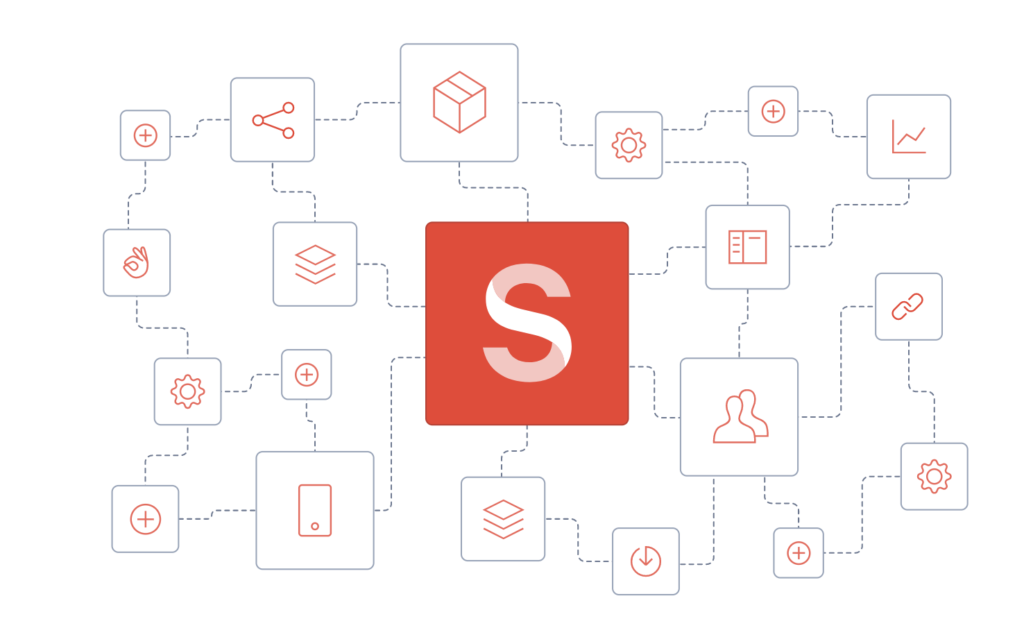In the dynamic realm of software development, quality assurance plays a pivotal role in ensuring the functionality and reliability of software applications. A key player in this process is the sanity developer. This article delves into the intricacies of being a sanity developer, highlighting their responsibilities, skills required, and steps to excel in this domain.
Table of Contents
- Sanity Developer: The Foundation of Software Quality Assurance
- Becoming a Sanity Developer: Essential Steps and Skills
- The Life of a Sanity Developer: A Day in Their Shoes
- FAQs about Being a Sanity Developer
- What’s the difference between sanity testing and smoke testing?
- Is coding experience necessary for sanity development?
- How does sanity testing enhance software development?
- Are there certifications for sanity developers?
- What’s the career growth potential for sanity developers?
- How do sanity developers contribute to faster release cycles?
- Conclusion
Sanity Developer: The Foundation of Software Quality Assurance
Sanity developers are professionals responsible for conducting rapid and focused tests on software builds to ensure their basic functionality. This critical step occurs after major code changes, helping developers identify any glaring issues before proceeding with more comprehensive testing. By catching critical bugs early, sanity developers contribute to a smoother testing process and faster development cycle.
Becoming a Sanity Developer: Essential Steps and Skills
Mastering the role of a sanity developer requires a combination of technical skills and a meticulous approach to testing. Here are the essential steps and skills to embark on this rewarding journey:

1. Understanding Software Architecture
A solid grasp of software architecture is fundamental. Know the different components of the software and their interactions. This understanding aids in creating effective test scenarios.
2. Learning Testing Tools
Familiarize yourself with testing tools like Selenium, JUnit, and TestNG. These tools automate the testing process, enhancing efficiency and accuracy.
3. Embracing Programming Languages
Proficiency in programming languages like Java, Python, or JavaScript is invaluable. This skill enables you to write scripts for automated testing and conduct in-depth analyses.
4. Gaining Domain Knowledge
Depending on the industry, such as finance, healthcare, or gaming, understanding the domain-specific requirements enhances your ability to spot critical issues.
5. Building Analytical Skills
Develop a keen eye for detail. Spotting anomalies in code, identifying patterns, and predicting potential issues require analytical thinking.
6. Cultivating Communication Skills
Effective communication with developers, testers, and other stakeholders is essential. Clearly conveying issues and collaborating for solutions ensures smooth software development.
7. Staying Updated
The software industry is ever-evolving. Stay updated with the latest tools, technologies, and testing methodologies to maintain your relevance and effectiveness.
The Life of a Sanity Developer: A Day in Their Shoes
As a sanity developer, each day is filled with challenges and triumphs. Here’s a glimpse into a typical day:
- Morning: Reviewing code changes and identifying areas for focused testing.
- Late Morning: Writing and executing test scripts for specific scenarios.
- Afternoon: Analyzing test results, identifying bugs, and collaborating with developers for resolutions.
- Late Afternoon: Conducting regression tests after bug fixes and code changes.
- Evening: Documenting test cases, and findings, and communicating progress to the team.
FAQs about Being a Sanity Developer
What’s the difference between sanity testing and smoke testing?
Sanity testing focuses on specific functionality after minor changes, while smoke testing assesses if a build is stable enough for further testing.
Is coding experience necessary for sanity development?
Yes, coding experience is beneficial as it allows you to automate tests and understand the underlying code.
How does sanity testing enhance software development?
Sanity testing catches major issues early, reducing the need for extensive debugging later in the development cycle.
Are there certifications for sanity developers?
While not specific to sanity testing, certifications like ISTQB or Selenium WebDriver can enhance your testing skills.
What’s the career growth potential for sanity developers?
Sanity developers can progress to roles like QA lead, automation engineer, or even transition to development roles.
How do sanity developers contribute to faster release cycles?
By quickly identifying critical issues, sanity developers prevent time-consuming bug-fixing in later stages, expediting release cycles.
Conclusion
In the realm of software quality assurance, the role of a sanity developer is indispensable. Their ability to quickly assess software builds, identify issues, and collaborate for solutions contributes to the overall efficiency of the development process. By following the outlined steps, gaining essential skills, and embracing the challenges, you can embark on a fulfilling journey as a sanity developer, playing a vital role in shaping the future of software quality.


